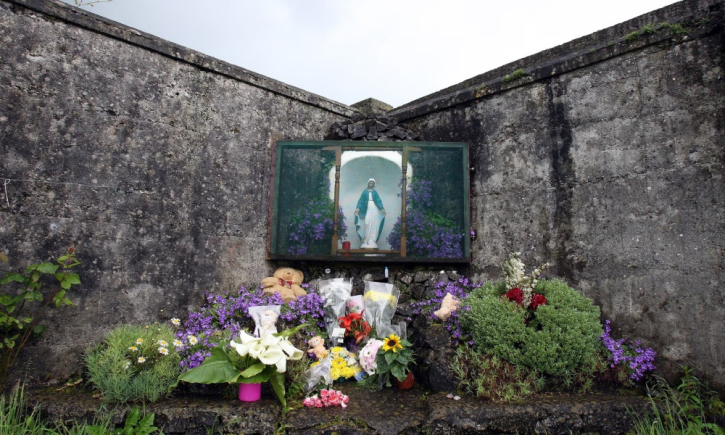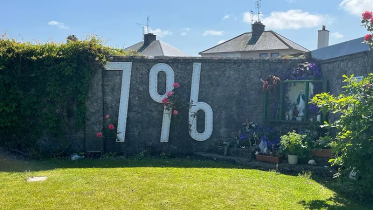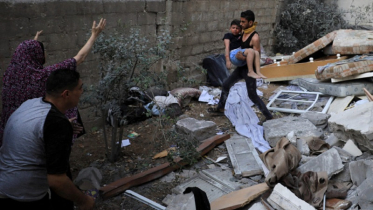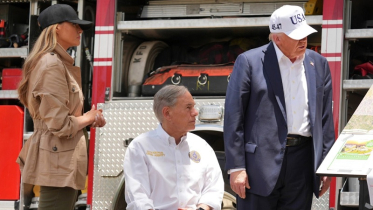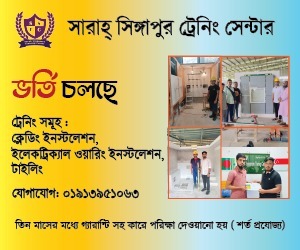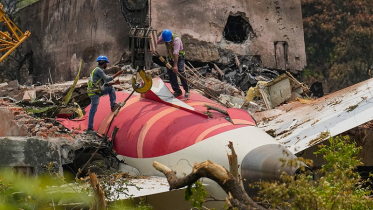A shocking discovery has emerged from the town of Tuam in County Galway, Ireland, where evidence of a mass grave has been found at the site of the former St. Mary’s Mother and Baby Home. The grim revelation came to light through the research of amateur historian Catherine Corless, who in 2014 uncovered records indicating the secret burial of hundreds of children. The site, notably, had no headstones, plaques, or official records marking it as a cemetery.Formal excavation of the area is set to begin on Monday, and the process is expected to continue for nearly two years. Heavy machinery has already been brought in and placed near a grassy area beside what was once a playground. The St. Mary’s home, run by the Catholic Church, operated between 1925 and 1961 and served as a shelter for thousands of children born out of wedlock. Mothers were separated from their infants shortly after birth.According to records, the first child to die there was Patrick Derring, who passed away in 1915 at just five months old. The last known death was Mary Carty in 1960—also only five months old. In total, there are documented deaths of at least 796 children at the institution.PJ Haverty, who spent the first six years of his life in the Tuam home, considers himself lucky to have survived and been adopted. However, he still carries the emotional scars of his time there.
“We had to arrive at school ten minutes late and leave ten minutes early so we wouldn’t interact with other children. We weren’t allowed to play with them. We were treated like street dirt,” he recalled.Haverty eventually found love in his adoptive family and even reunited with his biological mother, but the trauma of his early years remains with him.Catherine Corless began her journey in 2005 when she took a local history course to learn more about her family background. Her curiosity soon turned toward the "home children" of Tuam. During her research, a cemetery caretaker brought her to the former site of the home, now marked by a statue of the Virgin Mary near a grassy lawn.He shared that in the 1970s, two children had lifted a concrete slab and found a pit filled with bones. At first, these remains were believed to be victims of Ireland’s Great Famine in the 1840s. But Catherine knew famine victims were buried elsewhere.She cross-checked old maps and found that the area was labeled a "sewage tank" in 1929 but had been shut down by 1937. By the 1970s, a handwritten note on one map simply read “burial ground.”As she dug deeper, she requested a list of death records from local offices. Officials were stunned at the volume of names—796 in total. But when she searched for their graves, there were none. It became increasingly clear that the remains of these children were hidden beneath the former sewage tank.The findings made global headlines in 2014, although some skeptics still doubted the story.
But one eyewitness, Mary Moriarty, later testified to what she had seen in the 1970s. After falling into a hole at the site, she saw bundles wrapped in cloth—tightly packed all the way to the ceiling. Years later, when her son was born in Tuam's maternity hospital, a nurse handed him to her wrapped in a bundle identical to those she had seen years earlier. It was then she realized—those bundles had been the bodies of children.Calls for renewed excavation grew louder. One of those advocating for answers is Anna Corrigan, who learned that her mother had given birth to two sons—John and William—at the home. John’s death certificate listed causes like “congenital mental disability” and “measles.” He had reportedly become skeletal before his death. William’s record, however, has never been found.
“At least now we know they were human. They had names,” Anna said.A preliminary excavation by the Irish government in 2017 confirmed the presence of “significant human remains.” Now, formal excavation is set to begin. Project coordinator Daniel MacSweeney said that the children’s bones are so small they are comparable in size to an adult’s finger, making identification extremely challenging.The process is expected to take about two years. Families like Anna’s—and many others—wait in hope to finally learn what happened to siblings, uncles, and aunts they never had the chance to meet.


